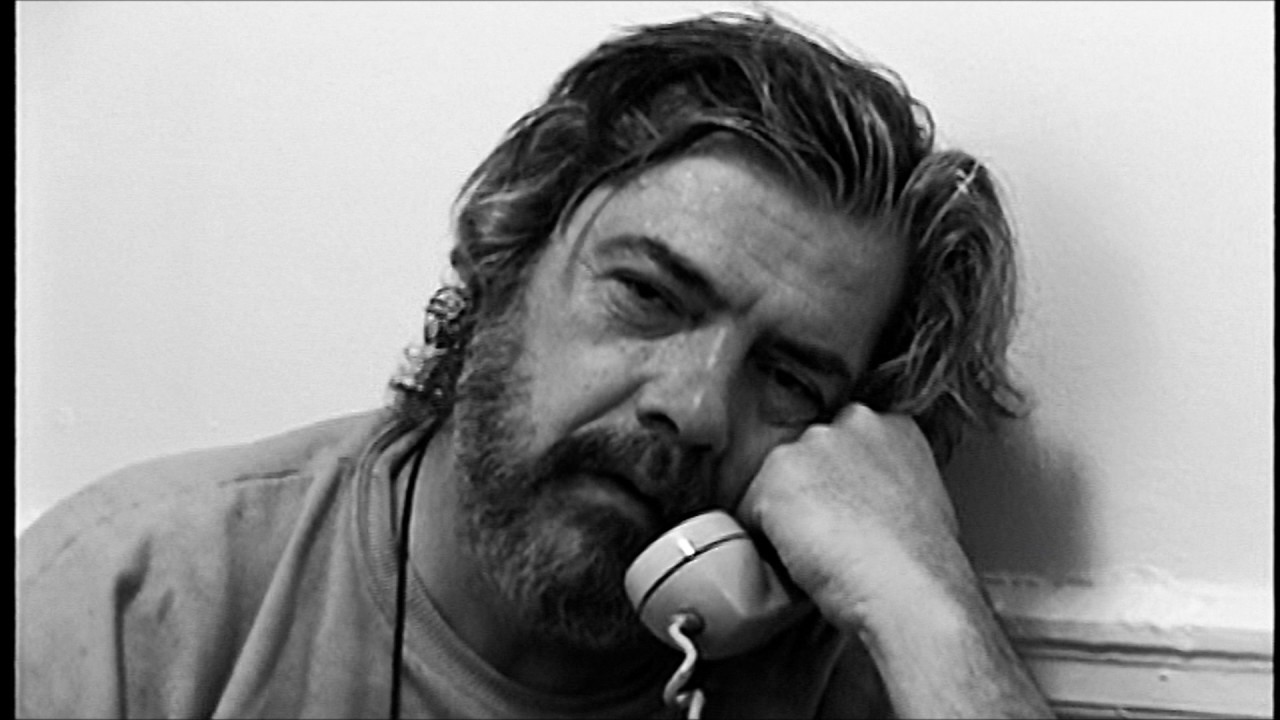By Chlotrudis Independent Film Society
Rating: 0.5 cats
Director: Simon Sauvé

Country: canada
Year: 2004
Running time: 81
IMDB: http://www.imdb.com/title/tt0424200/combined
Bruce says: “Being somewhat to the left of center, I have always held admiration for protesters. In the early 1990’s I discovered that protesters were not always what they seemed. Many of the protesters were what I would call professionals – they drifted from cause to cause exhibiting great knowledge about the local laws and culture of protest arrests in numerous cities. Often, they boasted about the number of times they had been arrested. Sometimes, the protesters that showed up didn’t necessarily do their homework; they did not know much about the cause they were championing or the event they were condemning.
“At the 2004 Toronto Film festival much excitement was generated over the documentary CASUISTRY: THE ART OF KILLING A CAT, a film which I did not happen to see. Protests started before the film was screened. The point of that film was to command the viewer to examine which animals are OK for humans to kill and which are not, aiming at the double standard which is inherent in our culture. It definitely was not a ‘cat killing’ film. I don’t know whether these protesters were earnest about their cause or not, but one thing is sure: they didn’t do their homework. JIMMYWORK is the documentary the protesters should have targeted.
“JIMMYWORK is the story of Jimmy Weber, a delusional huckster from Montreal. Using a special recipe, he earns a livelihood cooking 189 pounds of chicken per week which he sells to Club Feline du Montreal, a popular hangout for upscale felines that participate in the cat show circuit. Jimmy, according to his brother, is notorious for his hair-brained schemes which have cost the family about $50,000 over the years. His latest scheme is to make three 30 second TV ads for the St. Tite (Jimmy pronounces it Tit) Rodeo to promote the rural Quebec rodeo in Ontario and the Southwest United States. He poses as a professional filmmaker and actually gets an interview with the woman in charge of rodeo publicity. His reception at the rodeo office is lukewarm.
“Driving home from the meeting Jimmy begins speculating on how the rodeo makes money and comes to the conclusion that the big profit generator must be beer. In a follow–up phone call Jimmy finds out that the rodeo is not interested in his ads. Before the publicity lady hangs up, Jimmy asks a few questions and learns that the rodeo stores 12,000 cases of beer in a local warehouse. Enlisting help form Richard, a truck driving friend and Chacha, a stock boy in a neighborhood store, Jimmy hatches a plan to rob the warehouse, kidnapping the 12,000 cases of beer and holding them for $60,000 ransom.
“As they proceed according to plan, things go very wrong. Jimmy and Chacha are successful in breaking into the warehouse but are unprepared for the guard dog inside. Jimmy pushes Chacha through the door first and Chacha is promptly mauled by the German Shepherd. His arm is ripped open. Jimmy shoots the dog, then uses the dog’s collar as a tourniquet to stop the bleeding. The collar is removed by the filmmaker’s hand as the dog lies in a pool of blood. Chacha is rushed to the Urgence entrance at the local hospital. Jimmy throws up outside the hospital as he leaves. Jimmy then stops at a rest stop and sets fire to the car he uses for the escapade. He walks away as the film ends.
“Within a few hours of his return to Montreal Jimmy was arrested for break-in and entering, arson, and attempted burglary. He was subsequently convicted and served three years in prison. His conviction was based on Chacha’s testimony. Sauvé, who filmed every moment of the planning and execution of the crime, has not yet faced any charges.
“Over a period of twelve months Simon Sauvé shot 200 hours of film to make this 81 minute documentary. When questioned whether the off-camera voice urging Jimmy on was indeed his own voice, Sauvé claimed unabashedly, ‘Jimmy was lazy. I had to encourage him.’ Sauvé did not get legal advice before making the film. His attitude was ‘shoot now, think later.’
“To allow one of the film’s subjects to endanger himself and an animal to be needlessly killed is irresponsible. That Sauvé thinks he, as an artist, has a right to encourage harmful criminal activity is a moral outrage. To think that the animal rights protesters were badgering the wrong filmmaker is a crying shame. Neil LaBute touched on a similar theme in THE SHAPE OF THINGS. Does an artist have the right to determine the fate of another human being in the name of artistic experimentation? Little did I imagine that when I saw THE SHAPE OF THINGS I would soon see a documentary that did just that.
“The film did entertain its audience; in all honesty, it was not poorly made. However, most of the audience, including myself, was sure that by the film’s end we had been watching a mockumentary NOT a documentary. If only we had. I simply cannot judge this film on artistic merit. 1/2 cat
“This film was shown at the 2004 Toronto International Film Festival”
